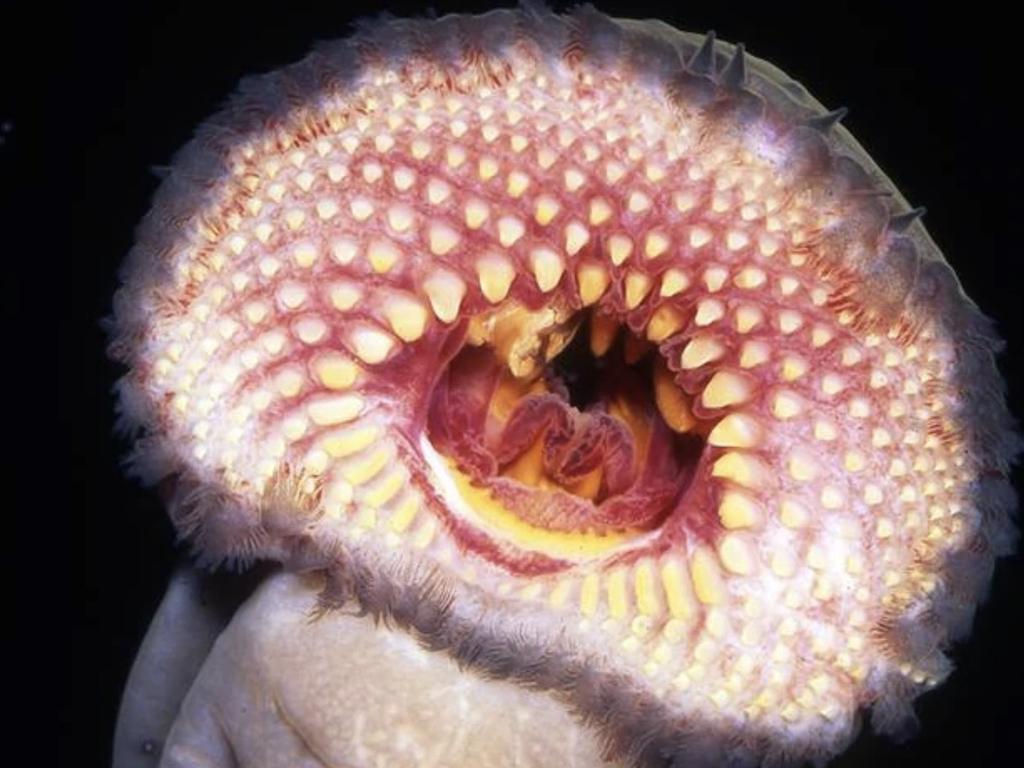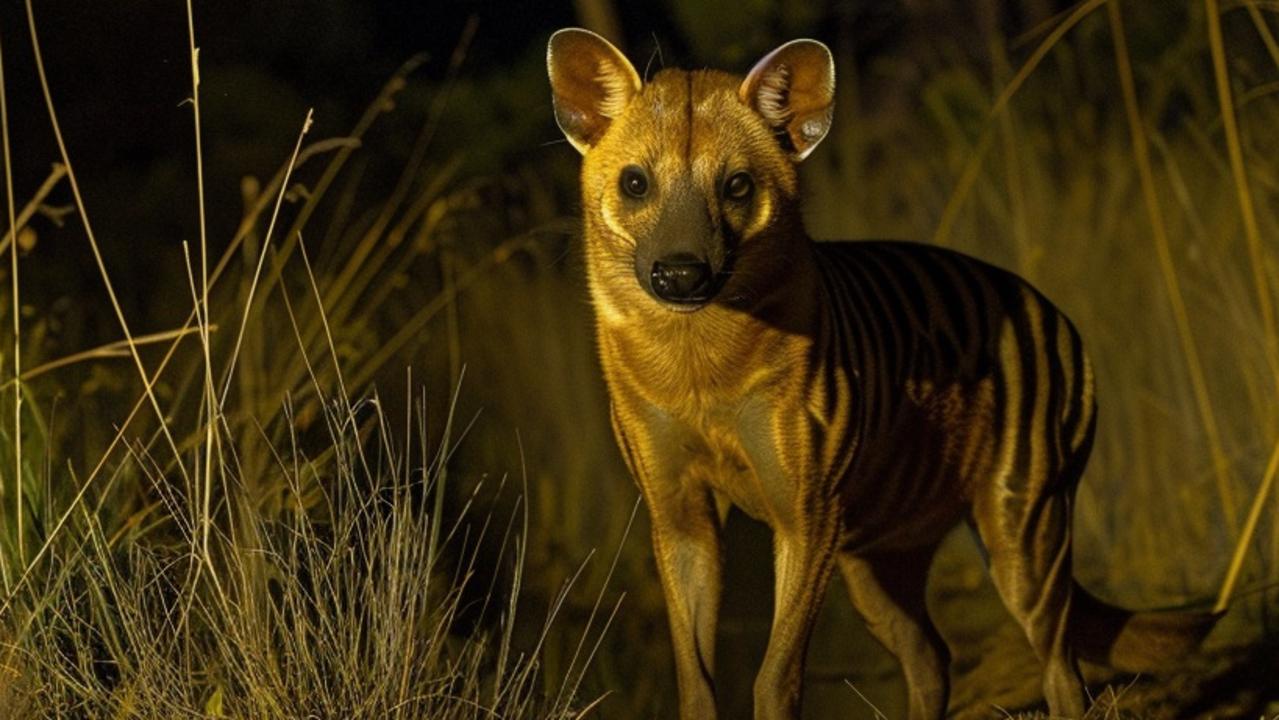Blood-sucking lamprey found in river in South Australia
A terrifying eel-like fish with rows of huge white teeth was spotted at a popular swimming spot.

A terrifying eel-like fish with rows of huge white teeth has been discovered in a river in South Australia.
The creature, which feeds off the blood of other fish, was spotted in Ewens Ponds, a popular swimming and snorkelling spot located 25 kilmotres south of Mount Gambier.
Despite the fish’s alarming appearance conservationists were excited at the rare sighting of the pouched lamprey as it indicates the water is healthy.
Pouched lampreys begin their lives in freshwater before embarking on a migration to the ocean, where they spend their adult lives latching onto other fish and extracting blood.

They eventually return to freshwater to reproduce and complete their life cycle.
Claire Harding, a conservation ecologist from National Parks Limestone Coast, expressed her excitement about the sighting, stating that lampreys are usually only observed during fish tracking, surveying, and netting activities.
The opportunity to see one swimming freely prompted her to quickly capture photographic evidence.
“I‘ve never seen one during the day and I’ve only ever seen them if we’ve been tracking, surveying and netting for fish,” she said via the ABC.
“To see one just swimming around, we grabbed our phone pretty quickly to take a photograph as evidence.
“We just sat and watched it until it was out of sight because it‘s not something you see every day.”
The lamprey population has experienced a decline over the years, but recent efforts have led to their gradual recovery.
In other countries, lampreys are sought after by anglers and considered a culinary delicacy in select European nations.
Harding emphasised that the presence of lampreys in local waterways signifies favourable conditions. These creatures are highly sensitive to water quality and necessitate high water flows and stable temperatures for successful spawning.
Addressing concerns about the potential threat to swimmers, Harding clarified that the lampreys spotted in Ewens Ponds were adults that likely migrated from the ocean through Eight Mile Creek to reproduce in freshwater.
The eggs hatch into larvae, which spend approximately four years in the muddy sediments of freshwater bodies. They then undergo metamorphosis and transform into adults, making their way back to the sea to attach themselves to host fish.
Despite their intimidating rows of teeth and jawless mouths, lampreys pose no danger to humans. Harding described them as intriguingly fascinating creatures.
Once they return to the freshwater ecosystem, adult lampreys cease feeding entirely and rely on their body fat until they spawn and ultimately die.



